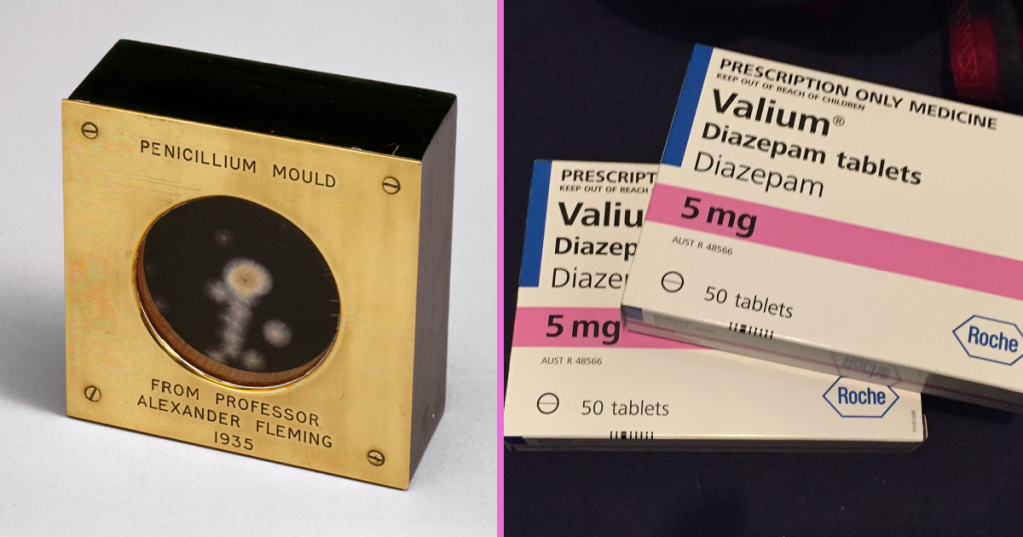There are some bad associations with the word ‘drugs,’ but the fact is, some of them have changed the course of history for the better. Imagine, for instance, still living without penicillin!
These drugs were all absolute game changers, but that said, not all of them worked out the way we had hoped.
Nitroglycerin
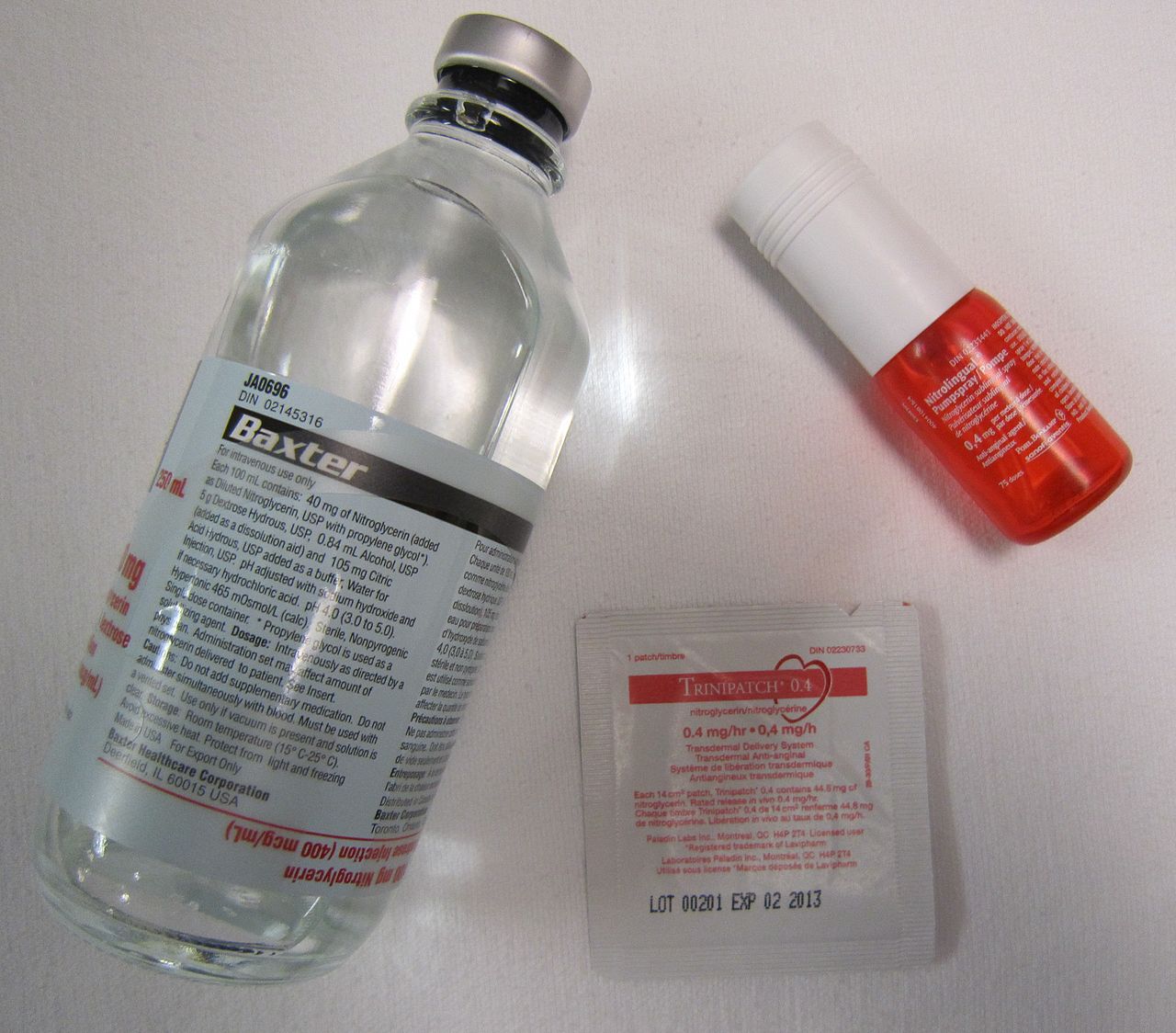
Image Credit: Creative Commons
In 1847, this discovery/invention displaced gunpowder as the most powerful explosive in the world.
It is also used to treat angina, though, which is the chest pain associated with heart disease.
Physician William Murrell began to experiment with nitroglycerin after realizing that workers handing the explosive often experienced headaches and flushing in the face. It’s a vasodilator, which means it opens the body’s blood vessels.
Developing it as a drug paved the way for other medications that lower blood pressure, beta blockers, and statins – all of which have helped increase the average lifespan in Western countries.
Anaesthesia
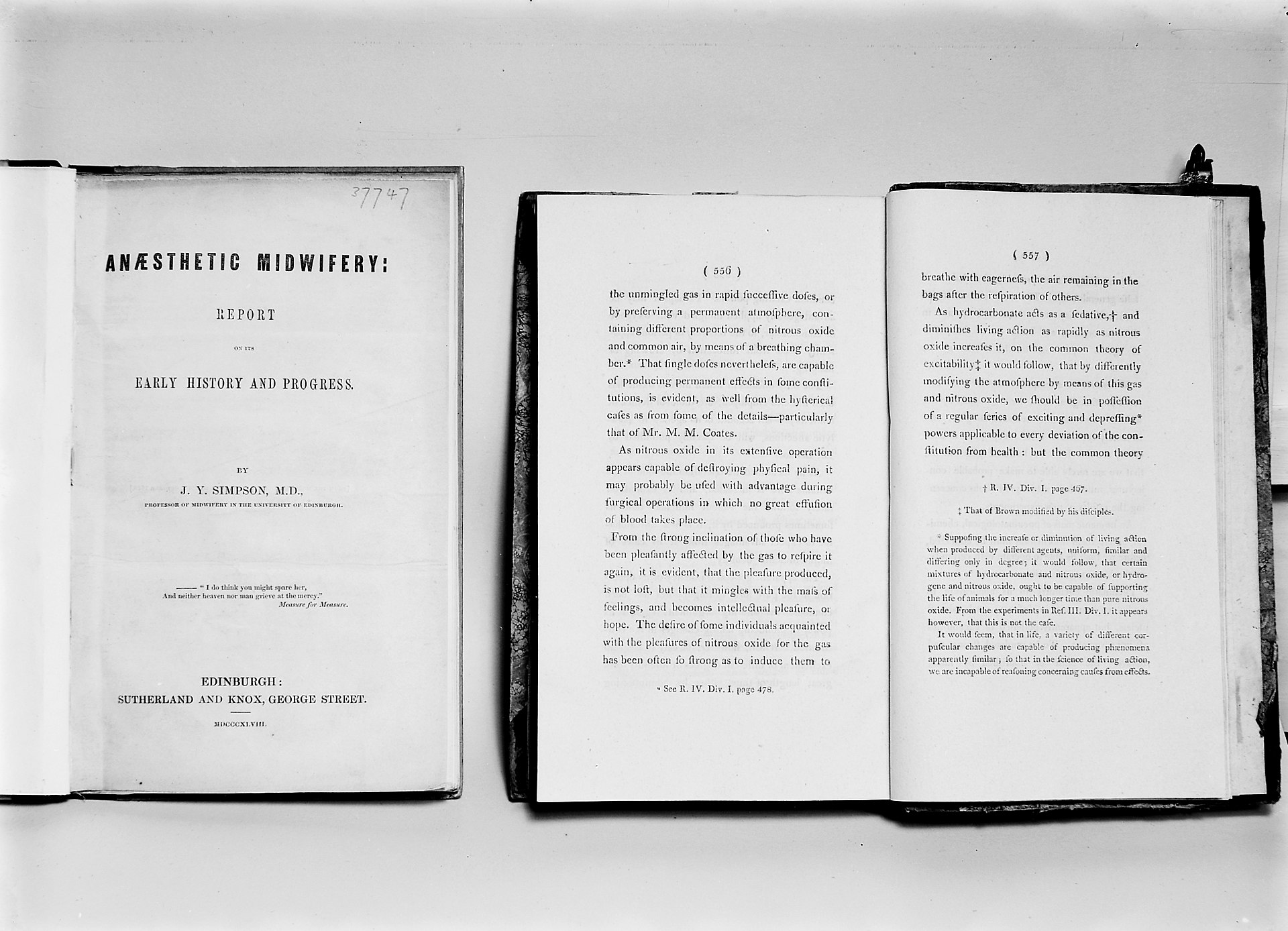
Image Credit: Creative Commons
English chemist Joseph Priestly made a gas he called “phlogisticated nitrous air” – but you probably know it as nitrous oxide.
It was the 1700s, and although a friend of his, Humphry Davy, thought it could be used to relieve pain during surgery, it first became a fun recreational drug.
In the mid-19th century a french chemist, Jean-Baptiste Dumas, came up with chloroform, which was first used to assist a birth in 1847.
Anaesthesia became more widely used during surgeries after that, which increased recovery rates. They did not – and do not – come without risks, because they work by temporarily suppressing the nervous system.
The Birth Control Pill
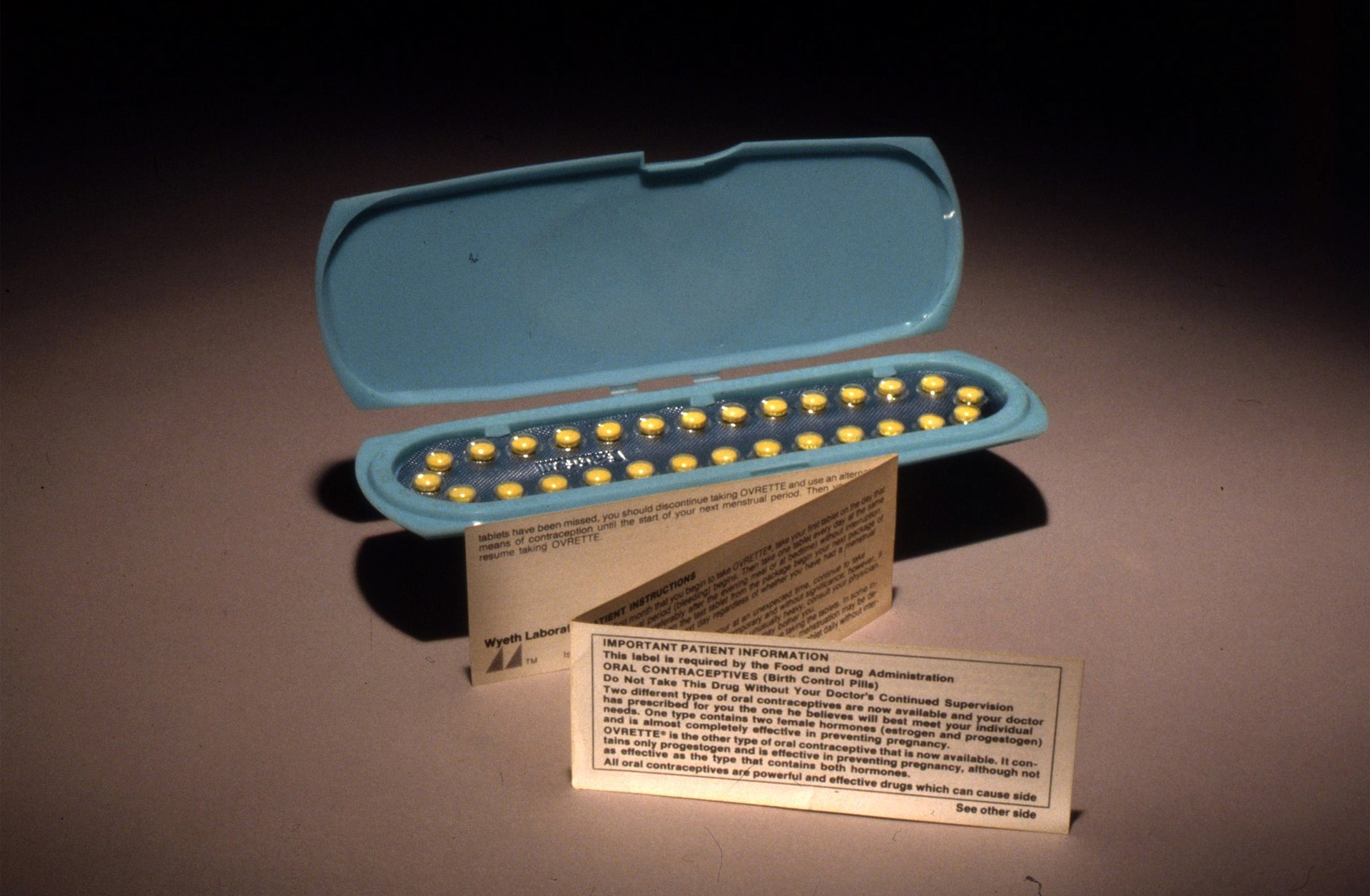
Image Credit: Public Domain
In 1951, Margaret Sanger asked Gregory Pincus to develop an effective hormonal contraceptive. He found that progesterone helped stop ovulation and came up with a trial pill, which was unsurprisingly tested on vulnerable populations in places like Puerto Rico.
It was first released by GD Searle & Co in 1960, the FDA approving it because the risks associated with pregnancy were deemed worse than the potential blood clots and strokes that could occasionally crop up with the pill.
The pill’s hormone levels were lowered quite a lot after a decade of testing proved a those side effects were serious and happened more often than originally thought.
Its effects on the world were huge, causing major demographic changes like smaller families, increased incomes, and women able to enter the workforce, across the globe.
Penicillin
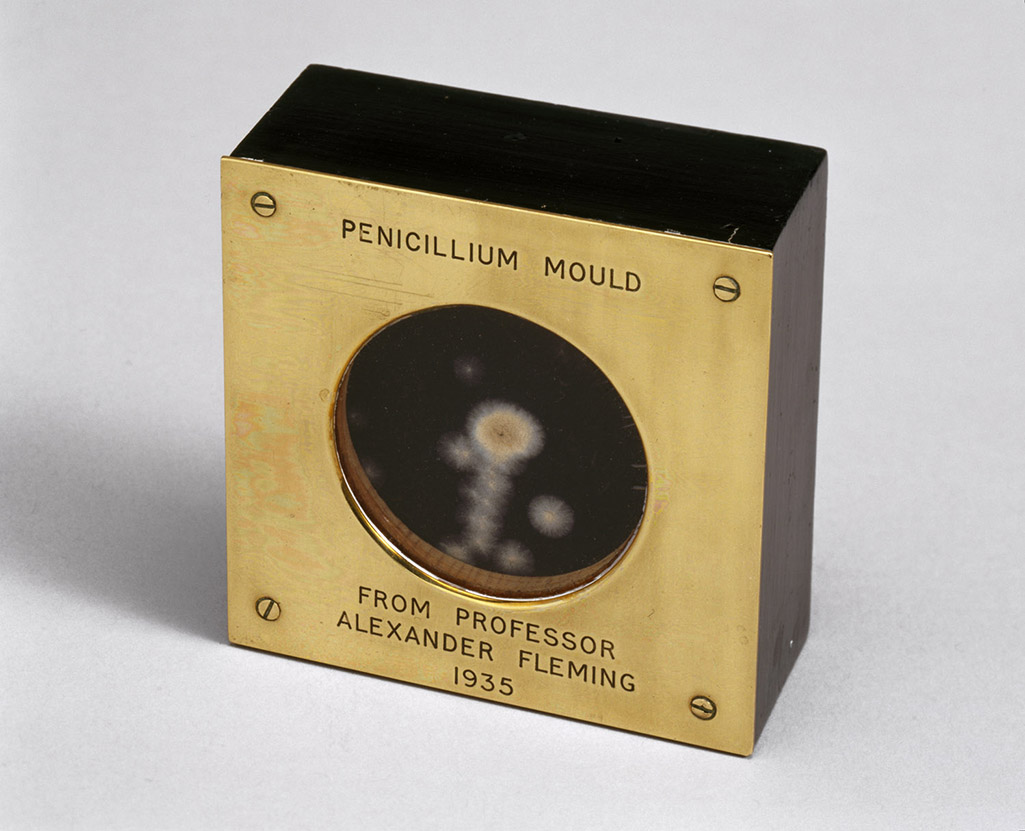
Image Credit: Public Domain
A classic tale of accidental discovery, the way physician Alexander Fleming found one of the most important drugs in history never gets old.
He had some streptococcus cultures in his lab when he went on holiday, and when he returned, he found airborne penicillium (a fungal contaminant) had stopped the cultures from growing.
An Australian team stabilized the penicillin and carried out the first human experiments–not long afterward, with the help of American financing, the drug was changing the course of WWII.
The’ve saved the lives of millions of people who would have otherwise died from conditions we now think little about.
That said, we’re now facing bacteria that has evolved to resist its efforts.
Diazepam
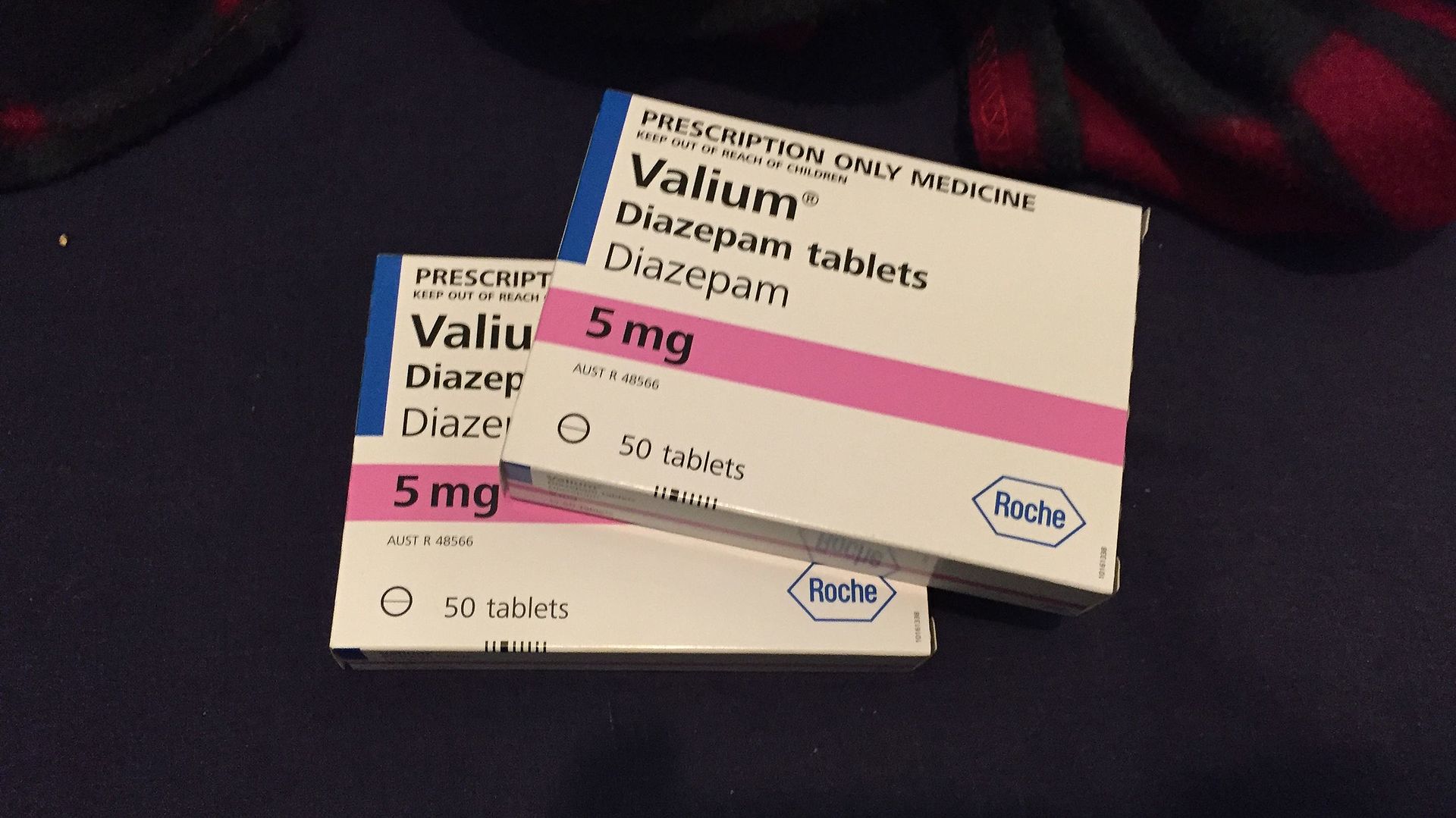
Image Credit: Creative Commons
This type of nervous system depressant was created and marketing in 1955 as Librium. They weren’t cures for anxiety at the time, though, but rather supposed to make it easier for people to engage in psychotherapy.
In 1959, chemist Leo Sternback altered the drug to produce something more powerful. It was officially marketed as Valium in 1963 and until 1982, was the top-selling pharmaceutical in the States.
Modern antidepressants have fewer side-effects and are more difficult to fatally abuse, but they all owe their existence to Valium.
History is the greatest.
But of course, only if we learn from it and go differently into the future.

